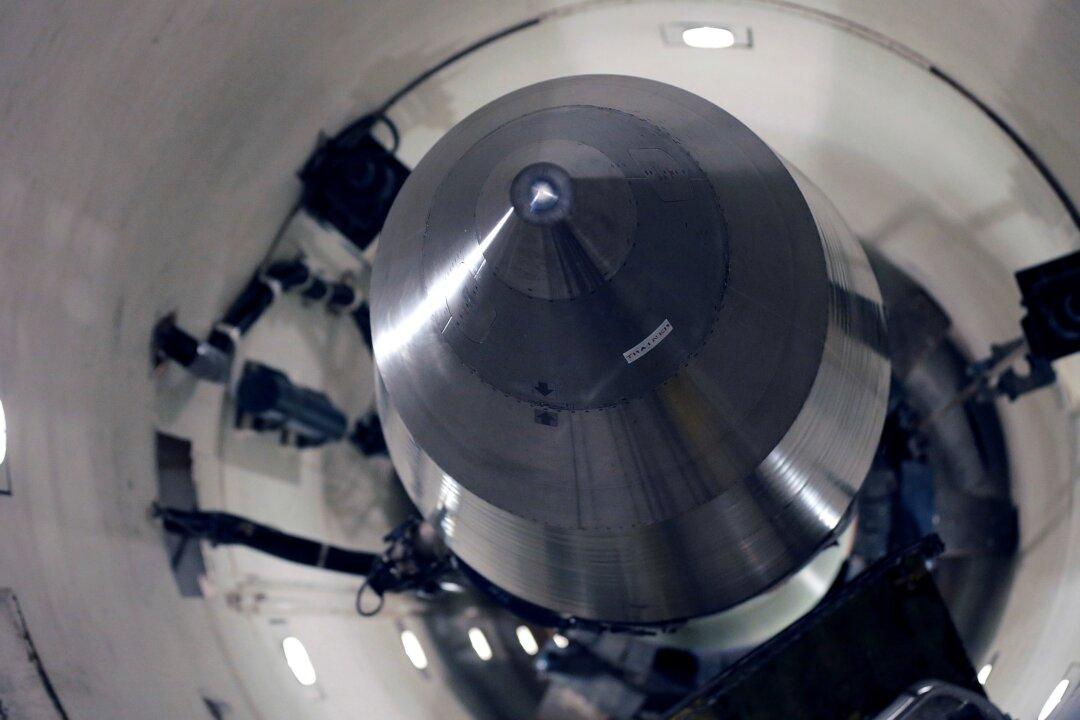A panel created to assess United States’ nuclear forces maintains the Pentagon’s $75 billon a year modernization program is “not sufficient” to counter advances by Russia and China and calls on military planners to swiftly update aging weapons, incorporate new technologies, and expand space capabilities—not to sustain a strategic advantage, but to keep pace.
But since the 12-member Congressional Commission on the Strategic Posture of the United States released its final report on Oct. 12, it has come under fire by an array of analysts for “doomsday scenario thinking” that will spur a strategic arms race by “giving voice to the strawman constructed by advocates of a buildup” with 81 recommendations that would add billions to the nation’s defense budget.





